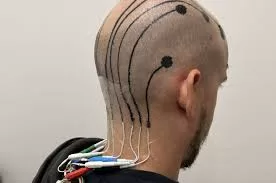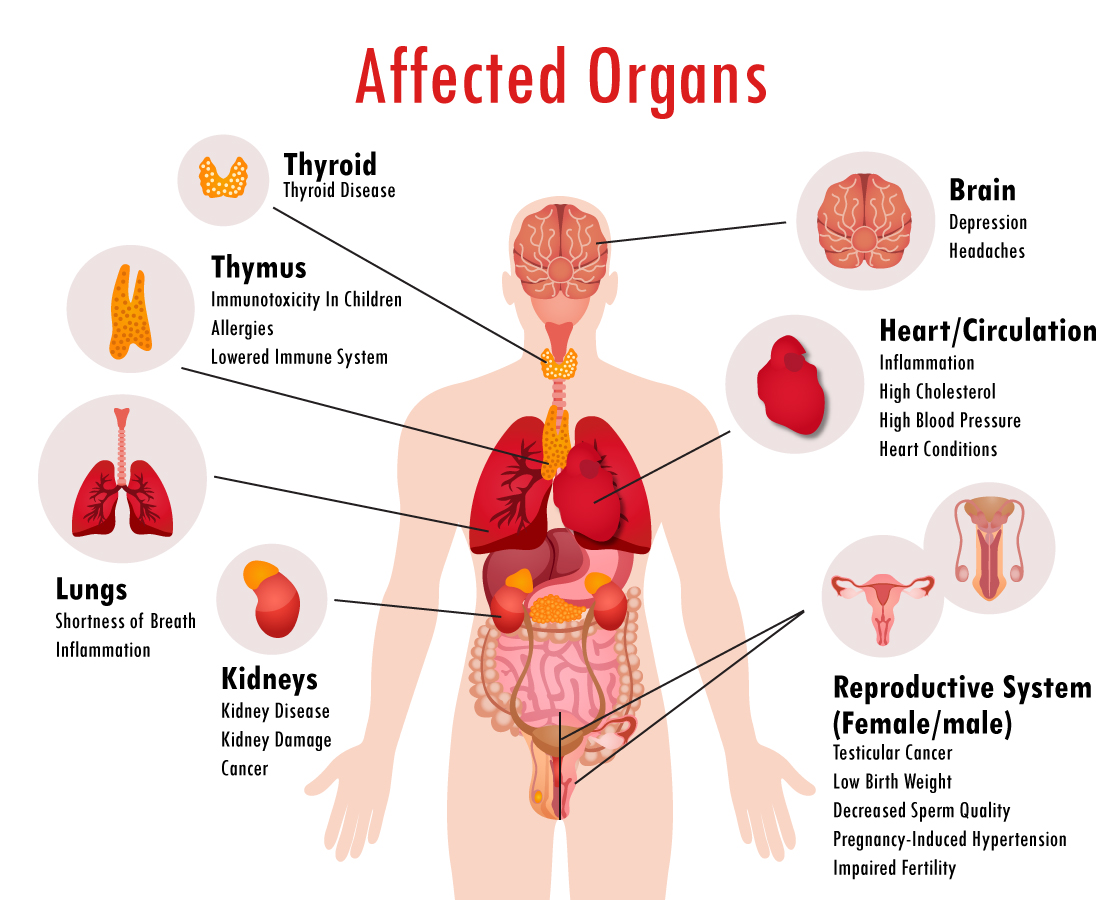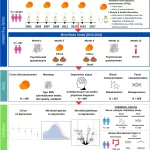A new study from the Carney Institute for Brain Science at Brown University has shed light on how humans learn to optimize their working memory. Working memory is a crucial cognitive function that allows individuals to retain and manipulate short-term information, such as remembering a grocery list or dialing a phone number.
While it is well-established that working memory has a limited capacity, researchers have long debated the reasons behind this constraint. The new study, conducted by Michael Frank, a professor of cognitive and psychological sciences, and Aneri Soni, a graduate student in his lab, provides insight into the mechanisms underlying these limits. The findings, published in eLife, suggest that the constraints on working memory arise from the brain’s learning process rather than its storage capacity.
The Role of Learning in Memory Constraints
Frank and Soni developed a computer model of the basal ganglia and thalamus—two critical brain regions associated with working memory. Their simulations demonstrated that if humans attempted to store more than a few items at once, it would become difficult to effectively manage and retrieve this information. Consequently, the brain adapts by learning to strategically compress related pieces of information, a process known as “chunking.”
“The simulations we ran show that if we did hold more than just a few items at a time, it becomes too difficult to learn how to manage so many pieces of information at once, such that the brain gets confused and can’t use the information it does store,” said Soni. “At the same time, our research demonstrates that when faced with these limitations, the brain responds by learning to strategically tap into a mechanism to help conserve space.”
Dopamine’s Role in Working Memory
Dopamine, a neurotransmitter essential for learning and reward-based behaviors, plays a pivotal role in working memory efficiency. The researchers found that the brain’s dopamine delivery system supports the chunking mechanism, reinforcing effective memory storage strategies. When dopamine levels were altered in their model to mimic conditions seen in Parkinson’s disease, schizophrenia, and ADHD, the model’s ability to chunk information declined significantly.
Implications for Psychiatry and Neurology
The findings have far-reaching implications for understanding and treating neurological and psychiatric conditions. “Take Parkinson’s disease as an example,” Frank said. “Most people think of it as a movement disorder because changes in movement are so obvious. But it turns out that Parkinson’s patients also have changes in working memory. They are generally treated with drugs that target the prefrontal cortex, but our findings suggest that we should be testing whether drugs that target the basal ganglia and thalamus help to improve symptoms.”
By enhancing our knowledge of working memory and its neural mechanisms, this research opens up new avenues for therapeutic interventions aimed at improving cognitive function in individuals with dopamine-related disorders.
Disclaimer: This article is based on a scientific study and does not constitute medical advice. Individuals experiencing memory-related issues should consult a qualified healthcare professional.










